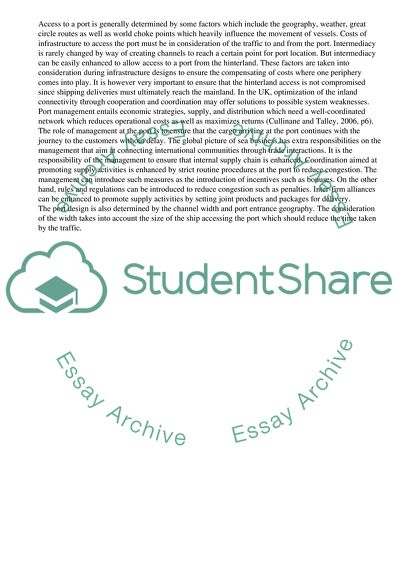Cite this document
(Port Logistics Term Paper Example | Topics and Well Written Essays - 2500 words, n.d.)
Port Logistics Term Paper Example | Topics and Well Written Essays - 2500 words. Retrieved from https://studentshare.org/business/1742272-port-logistics
Port Logistics Term Paper Example | Topics and Well Written Essays - 2500 words. Retrieved from https://studentshare.org/business/1742272-port-logistics
(Port Logistics Term Paper Example | Topics and Well Written Essays - 2500 Words)
Port Logistics Term Paper Example | Topics and Well Written Essays - 2500 Words. https://studentshare.org/business/1742272-port-logistics.
Port Logistics Term Paper Example | Topics and Well Written Essays - 2500 Words. https://studentshare.org/business/1742272-port-logistics.
“Port Logistics Term Paper Example | Topics and Well Written Essays - 2500 Words”, n.d. https://studentshare.org/business/1742272-port-logistics.


